Home>Gardening & Outdoor>Landscaping Ideas>How To Stop Grass From Growing Between Pavers
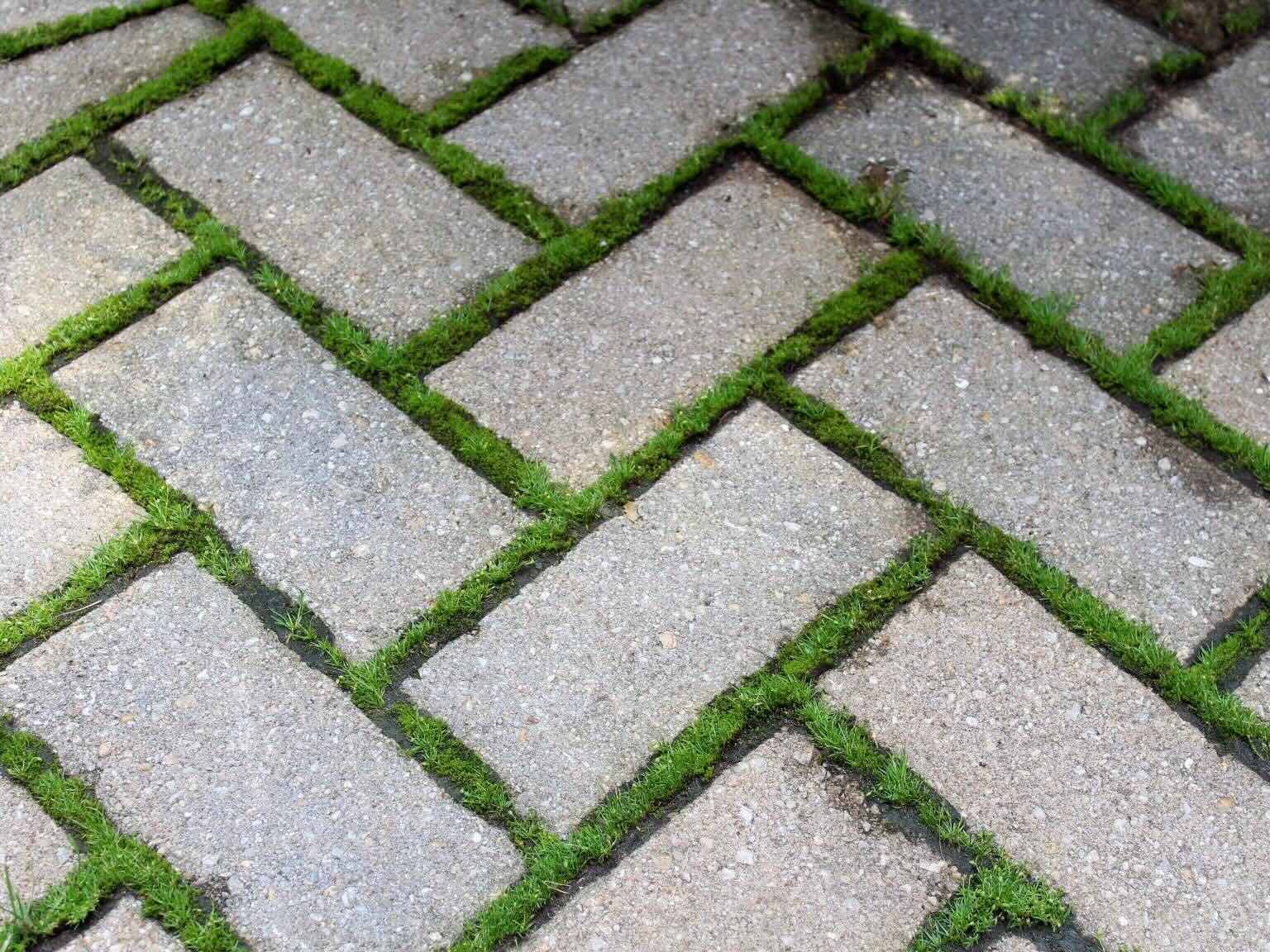

Landscaping Ideas
How To Stop Grass From Growing Between Pavers
Modified: February 18, 2024
Learn effective landscaping ideas to prevent grass from growing between pavers. Discover how to maintain a weed-free and pristine outdoor space with our expert tips.
(Many of the links in this article redirect to a specific reviewed product. Your purchase of these products through affiliate links helps to generate commission for Storables.com, at no extra cost. Learn more)
Introduction
Creating a beautiful outdoor space with a paved patio or walkway can significantly enhance the aesthetic appeal of your property. However, one common issue that many homeowners face is the persistent growth of grass and weeds between the pavers. This not only detracts from the overall look of the area but also requires ongoing maintenance to keep the space looking tidy.
In this comprehensive guide, we will explore effective strategies to prevent grass from growing between pavers, allowing you to maintain a pristine outdoor environment with minimal effort. By understanding the root causes of this issue and implementing proactive measures, you can enjoy a well-manicured and visually appealing outdoor space for years to come.
Whether you're a seasoned gardener or just starting to explore landscaping, the tips and techniques shared in this article will empower you to tackle the problem of grass growth between pavers with confidence. Let's delve into the various approaches that can help you reclaim and maintain the beauty of your paved outdoor areas.
Key Takeaways:
- Say goodbye to pesky grass and weeds between your pavers by clearing the area thoroughly and installing barriers to prevent their growth. Regular maintenance is key to keeping your outdoor space pristine and weed-free.
- Use targeted weed killer products to eradicate existing vegetation and prevent regrowth between pavers. Combine this with regular maintenance to enjoy a beautiful outdoor space with minimal effort.
Understanding the Problem
The growth of grass and weeds between pavers is a common issue that arises due to a combination of factors. The porous nature of paver installations, while beneficial for drainage, provides an ideal environment for seeds to take root and thrive. Additionally, the presence of organic matter, such as soil and debris, further facilitates the growth of unwanted vegetation.
It’s essential to recognize that simply removing the visible growth is not a long-term solution, as the underlying causes must be addressed to prevent recurring issues. Over time, the roots of grass and weeds can cause the pavers to shift and become uneven, compromising the structural integrity of the paved surface.
Furthermore, the presence of grass between pavers can create an unsightly appearance, detracting from the overall appeal of the outdoor space. This can be particularly frustrating for homeowners who invest time and effort in maintaining their properties.
By gaining a deeper understanding of the factors contributing to grass growth between pavers, you can implement targeted strategies to effectively address the root causes and prevent future occurrences. From proactive measures to ongoing maintenance, a proactive approach can help you achieve lasting results and preserve the beauty of your outdoor living areas.
Clearing the Area
Before implementing preventative measures, it’s crucial to start with a clean slate. Begin by thoroughly clearing the area between the pavers to remove any existing grass, weeds, and debris. This can be accomplished using a combination of manual methods and specialized tools to ensure a comprehensive clean-up.
Manual Removal: For smaller areas or spaces with delicate plants nearby, manual removal is an effective approach. Using a hand trowel or weeding tool, carefully extract the grass and weeds, ensuring that the roots are completely removed to prevent regrowth. Take care to avoid damaging the surrounding pavers or disturbing the soil beneath the surface.
Power Washing: In cases where the growth is particularly stubborn or widespread, utilizing a power washer can expedite the cleaning process. A high-pressure stream of water can dislodge entrenched weeds and clear out accumulated debris, restoring the spaces between the pavers to their original state.
Specialized Tools: There are various specialized tools designed specifically for clearing out the narrow gaps between pavers. Long-handled brushes, scrapers, and narrow trowels can be employed to reach and remove vegetation in hard-to-access areas, ensuring a thorough clean-up.
By starting with a meticulously cleared area, you create a solid foundation for implementing preventative measures to inhibit future grass and weed growth. This initial step sets the stage for long-term maintenance and helps prevent the need for frequent intensive clean-ups.
Installing a Barrier
One highly effective strategy for preventing grass and weed growth between pavers is the installation of a barrier that creates a physical impediment to the encroachment of vegetation. By incorporating a barrier, you can proactively mitigate the entry of organic matter and roots, thereby minimizing the potential for unwanted growth.
Polymeric Sand: This specialized sand is designed to harden when activated with water, effectively creating a solid barrier between pavers. After filling the gaps with polymeric sand, compacting the surface initiates the hardening process, forming a durable barrier that inhibits weed growth and minimizes erosion.
Landscape Fabric: Placing a layer of landscape fabric beneath the pavers acts as a protective barrier, preventing the intrusion of roots and minimizing the accumulation of organic matter. This approach is particularly effective when combined with a layer of gravel or sand for enhanced stability and drainage.
Plastic or Metal Edging: Installing plastic or metal edging along the perimeter of the paved area creates a physical barrier that impedes the lateral spread of grass and weeds. This approach is especially beneficial for areas where the pavers adjoin lawns or garden beds, effectively containing the growth and maintaining a defined boundary.
By incorporating a barrier as part of the initial paver installation or as a retrofitting measure, you establish a proactive defense against the encroachment of unwanted vegetation. This not only preserves the visual appeal of the paved area but also reduces the need for frequent maintenance and remedial measures.
To stop grass from growing between pavers, you can use a weed barrier fabric or apply a commercial weed killer. Make sure to regularly sweep and remove any debris that can contribute to grass growth.
Using Weed Killer
When faced with persistent grass and weed growth between pavers, employing targeted weed killer products can be an effective solution to eradicate existing vegetation and prevent regrowth. Selecting the appropriate weed killer and applying it judiciously can help you maintain a weed-free environment without compromising the integrity of the paved surface.
Selective Herbicides: Selective herbicides are formulated to target specific types of weeds while minimizing harm to surrounding plants. When applying selective herbicides between pavers, it’s essential to follow the manufacturer’s instructions carefully to ensure precise application and optimal results.
Non-Selective Herbicides: Non-selective herbicides are designed to eliminate a broad spectrum of vegetation, making them suitable for eradicating grass and weeds between pavers. Care should be taken to apply these products sparingly and with precision to avoid unintended damage to adjacent plants or surfaces.
Natural Remedies: For those seeking environmentally friendly alternatives, natural weed control methods such as vinegar solutions or boiling water can be effective in suppressing weed growth between pavers. While these methods may require repeated applications, they offer a chemical-free approach to weed management.
Regardless of the chosen weed control method, it’s important to consider the potential impact on surrounding vegetation and the broader environment. By exercising caution and precision in the application of weed killer products, you can effectively manage weed growth between pavers while safeguarding the overall health of your outdoor space.
Read more: How To Stop Grass From Growing Fast
Regular Maintenance
Maintaining a pristine outdoor space with minimal grass and weed growth between pavers requires consistent and proactive maintenance. By incorporating routine upkeep into your landscaping regimen, you can effectively prevent the reemergence of unwanted vegetation and preserve the visual appeal of your paved areas.
Weeding: Regularly inspect the spaces between pavers and promptly remove any emerging weeds or grass. By addressing the issue at its onset, you can prevent the proliferation of unwanted vegetation and minimize the effort required for subsequent maintenance.
Surface Cleaning: Periodically sweeping the paved areas and utilizing a gentle detergent solution with a scrub brush can help remove organic matter and prevent the accumulation of debris, which can serve as a medium for weed growth. Additionally, rinsing the pavers with water can help dislodge any residual seeds or spores.
Reapplication of Weed Inhibitors: If you have previously applied polymeric sand or weed-inhibiting products, periodic reapplication may be necessary to maintain their effectiveness. Assess the condition of the barriers and surfaces between pavers, and address any areas where the protective measures may have degraded over time.
Preventative Measures: As part of your regular maintenance routine, inspect the perimeter of the paved areas to ensure that barriers such as landscape fabric or edging remain intact and functional. Address any signs of wear or damage promptly to uphold the integrity of the barriers.
By integrating these maintenance practices into your landscaping schedule, you can proactively combat the growth of grass and weeds between pavers, preserving the pristine appearance of your outdoor spaces and minimizing the need for extensive remedial measures.
Conclusion
Effectively preventing grass and weed growth between pavers is essential for maintaining the visual appeal and structural integrity of your outdoor living areas. By understanding the underlying causes of this issue and implementing proactive strategies, you can create a low-maintenance and aesthetically pleasing environment that enhances the overall appeal of your property.
From thorough area clearing to the strategic installation of barriers and the judicious use of weed control products, the approaches outlined in this guide empower you to address the root causes of unwanted vegetation growth. Additionally, integrating regular maintenance practices into your landscaping routine ensures that your paved areas remain pristine and free from persistent weed encroachment.
By combining these strategies and remaining vigilant in your maintenance efforts, you can enjoy the beauty of your outdoor spaces without the constant battle against grass and weed growth between pavers. Whether you’re hosting outdoor gatherings, relaxing in a tranquil patio setting, or simply admiring the visual impact of well-maintained walkways, the investment in proactive weed management pays off in the form of enduring beauty and minimal upkeep.
As you embark on this journey to reclaim and preserve the allure of your paved outdoor areas, remember that each proactive step contributes to a long-term solution. By addressing the issue comprehensively and integrating preventative measures, you can relish the enduring beauty of your outdoor spaces while minimizing the intrusion of unwanted vegetation.
With a proactive approach and a commitment to regular maintenance, you can create a tranquil and visually captivating outdoor environment that remains free from the persistent challenge of grass and weed growth between pavers.
Frequently Asked Questions about How To Stop Grass From Growing Between Pavers
Was this page helpful?
At Storables.com, we guarantee accurate and reliable information. Our content, validated by Expert Board Contributors, is crafted following stringent Editorial Policies. We're committed to providing you with well-researched, expert-backed insights for all your informational needs.
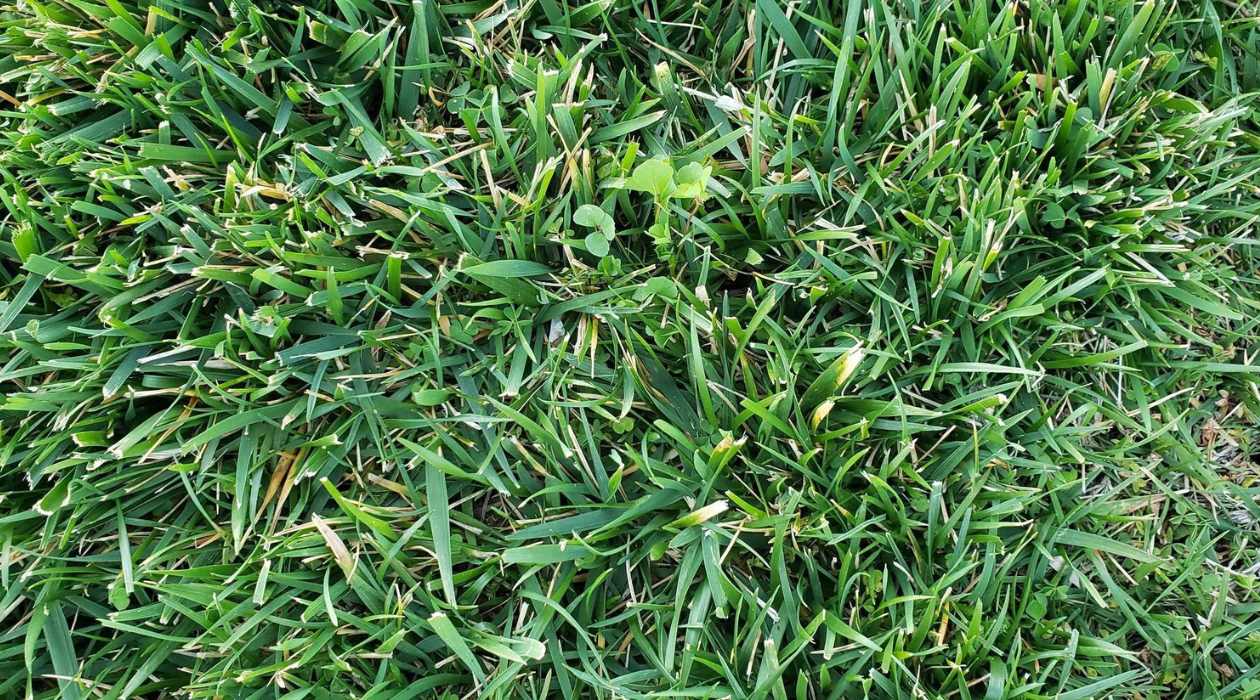
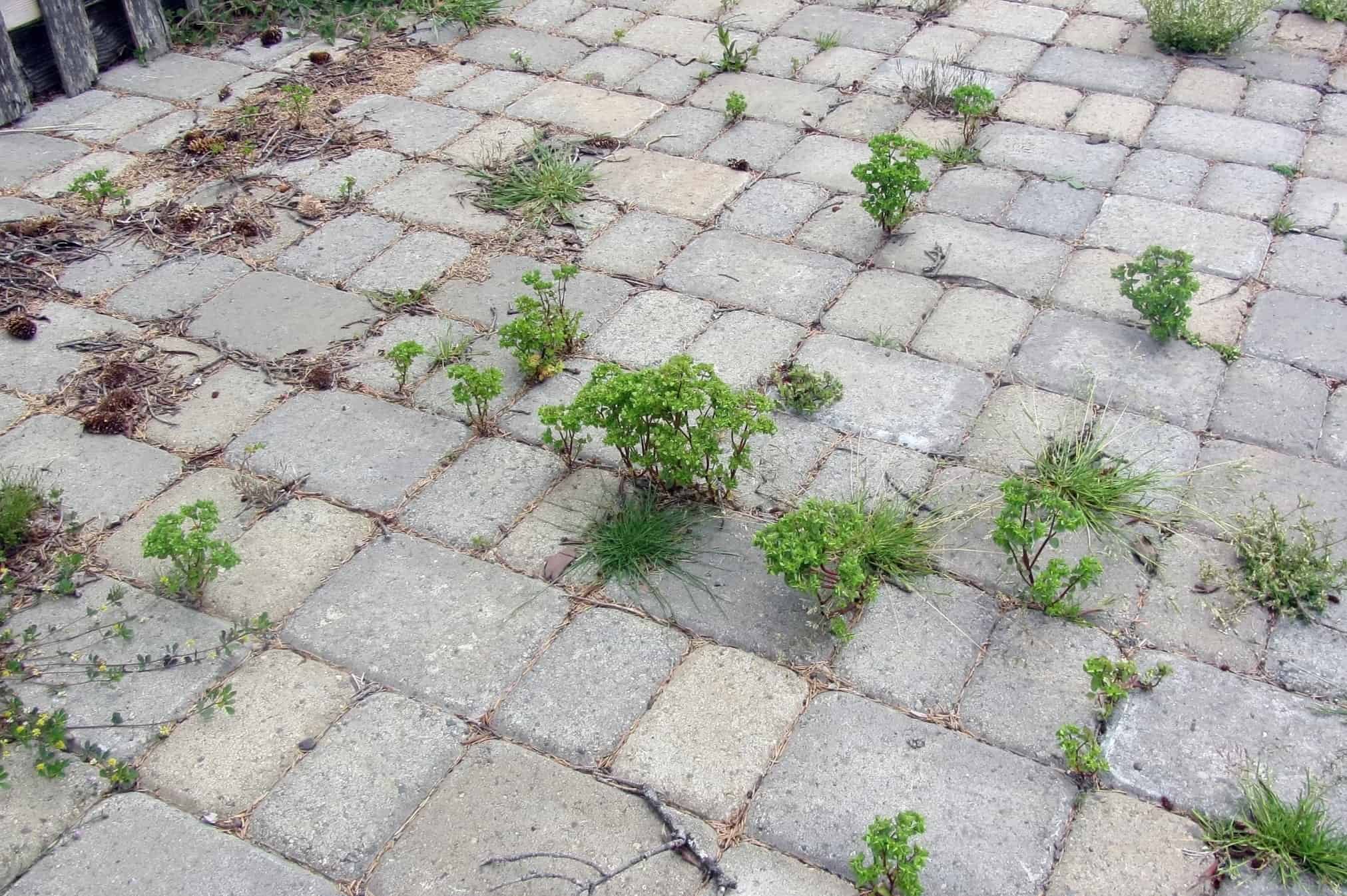
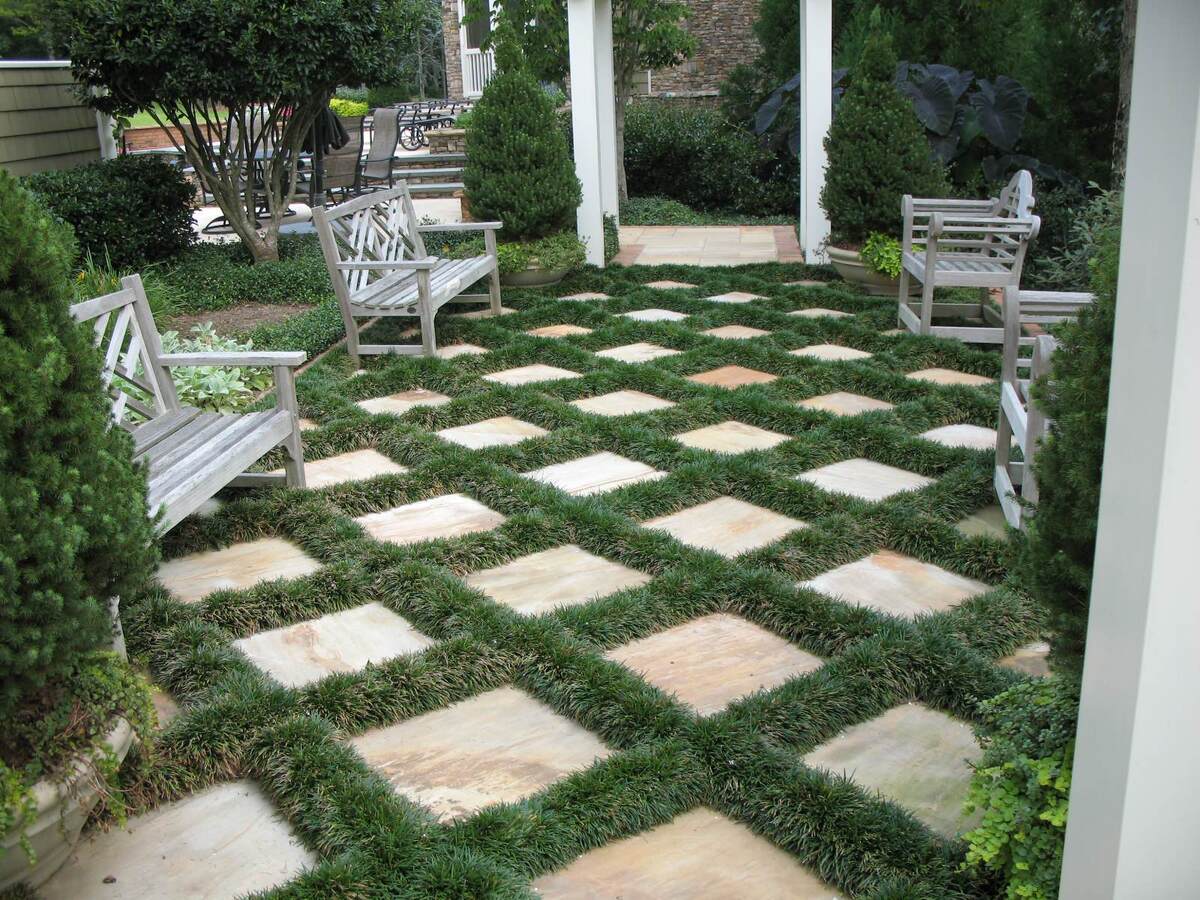
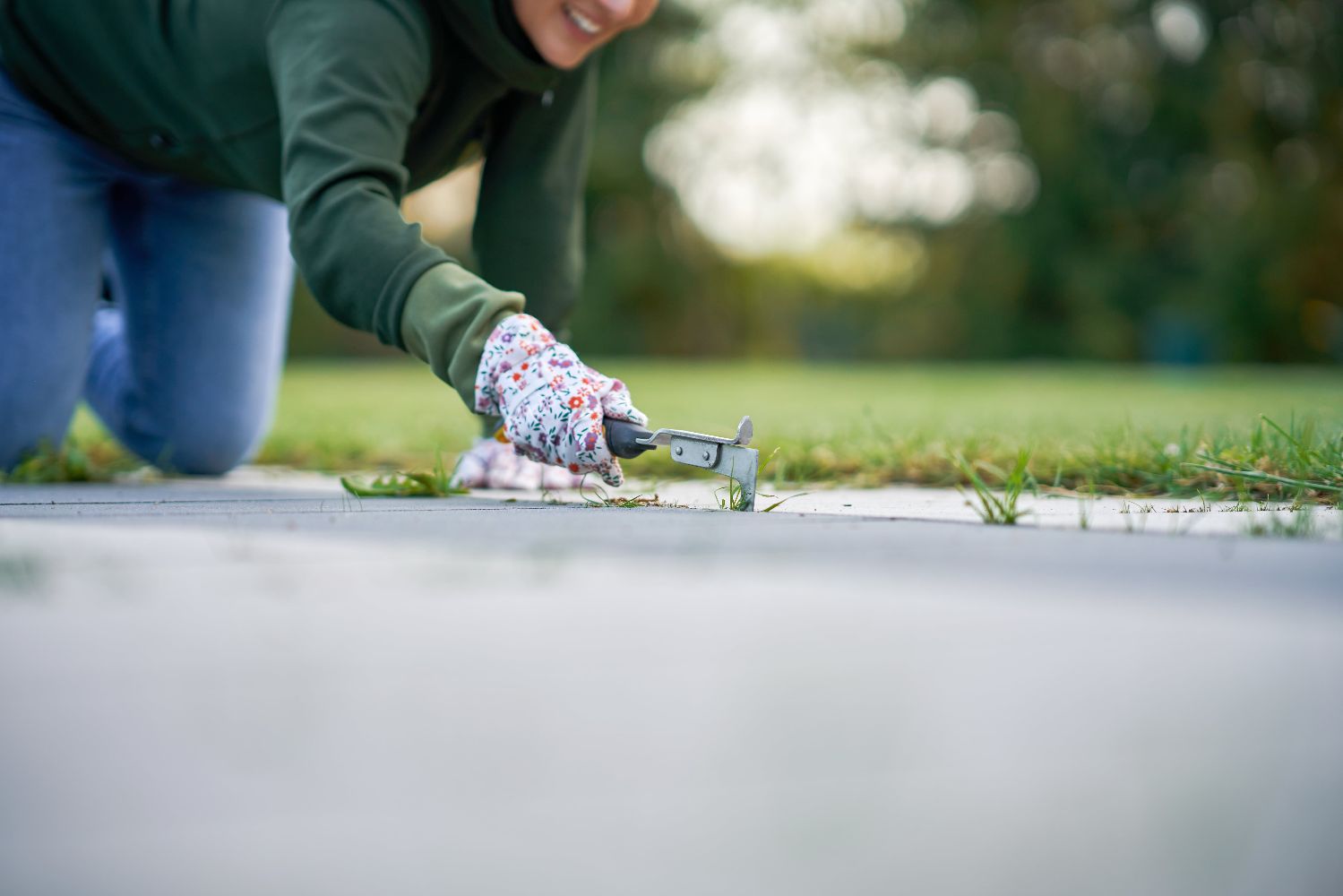
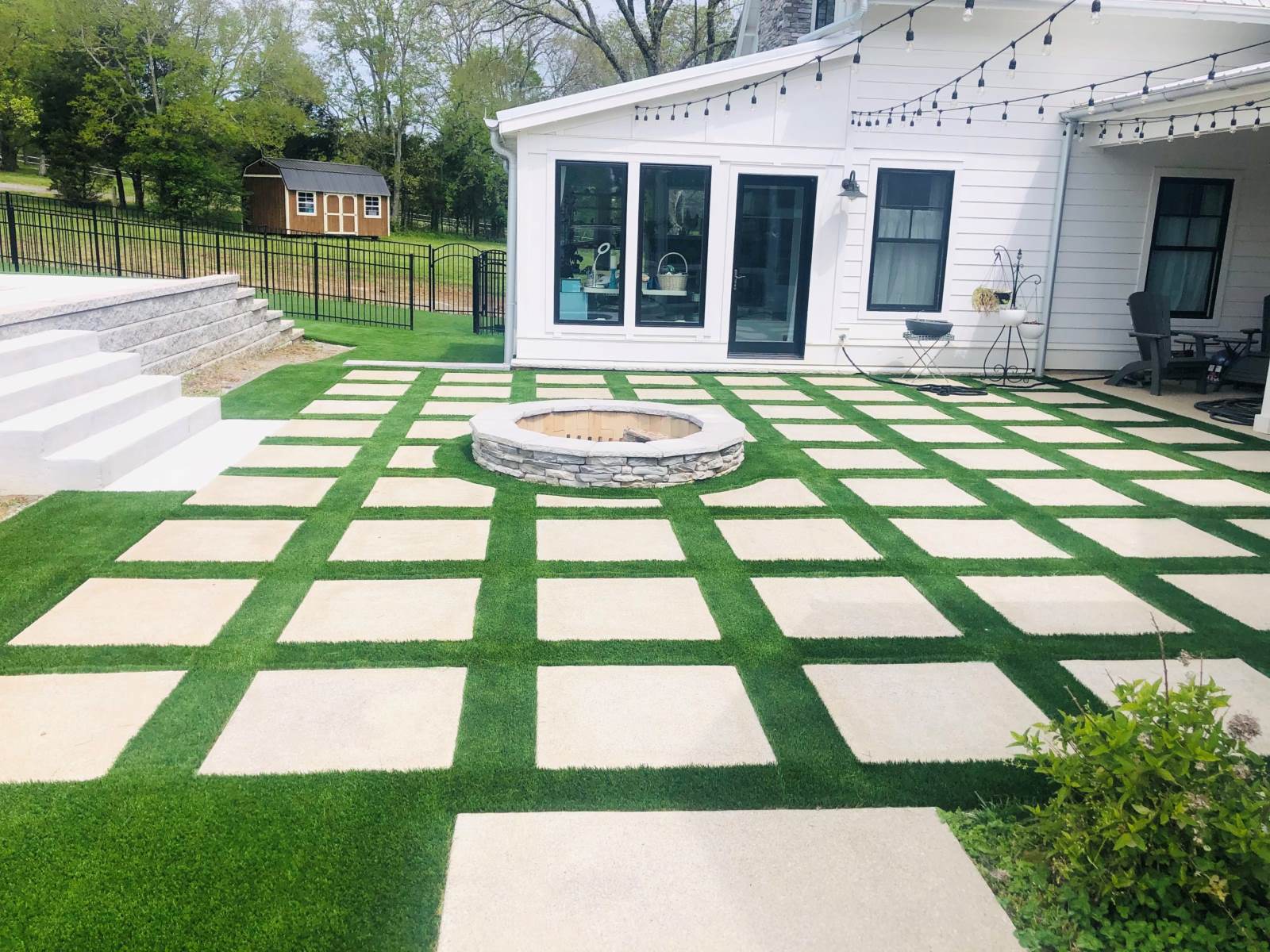
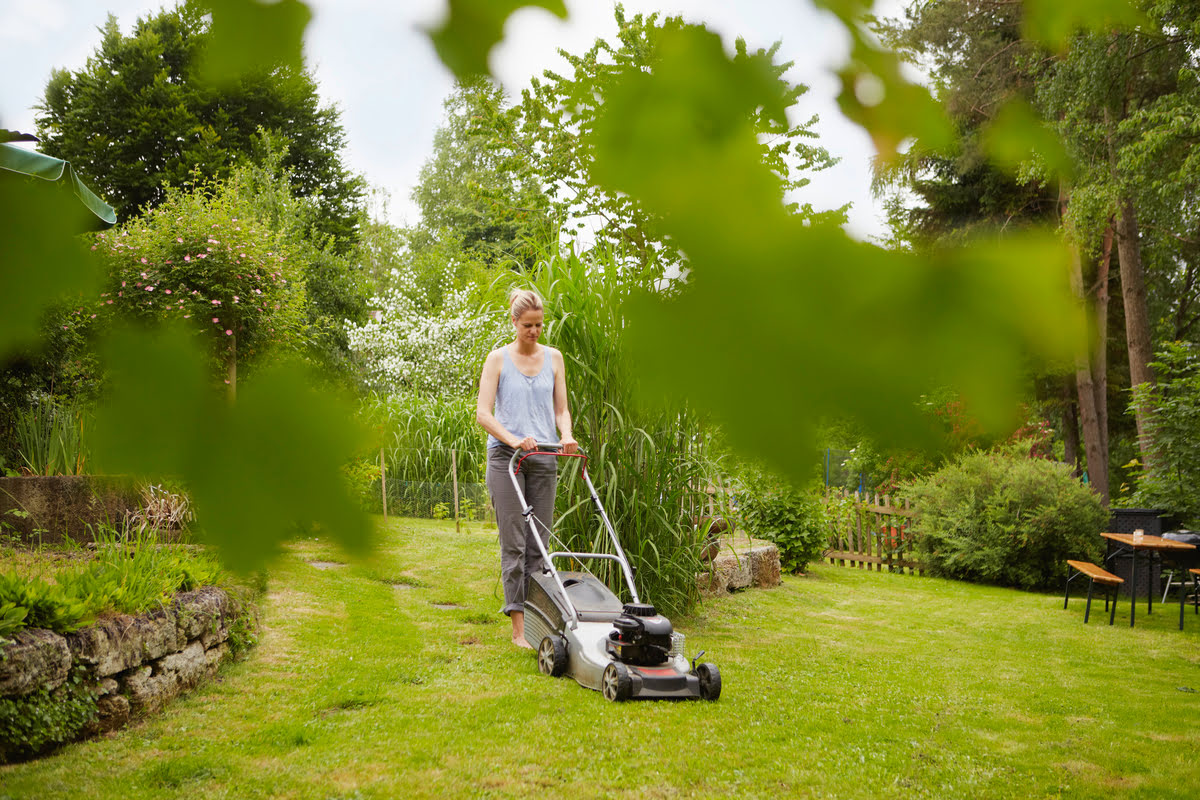
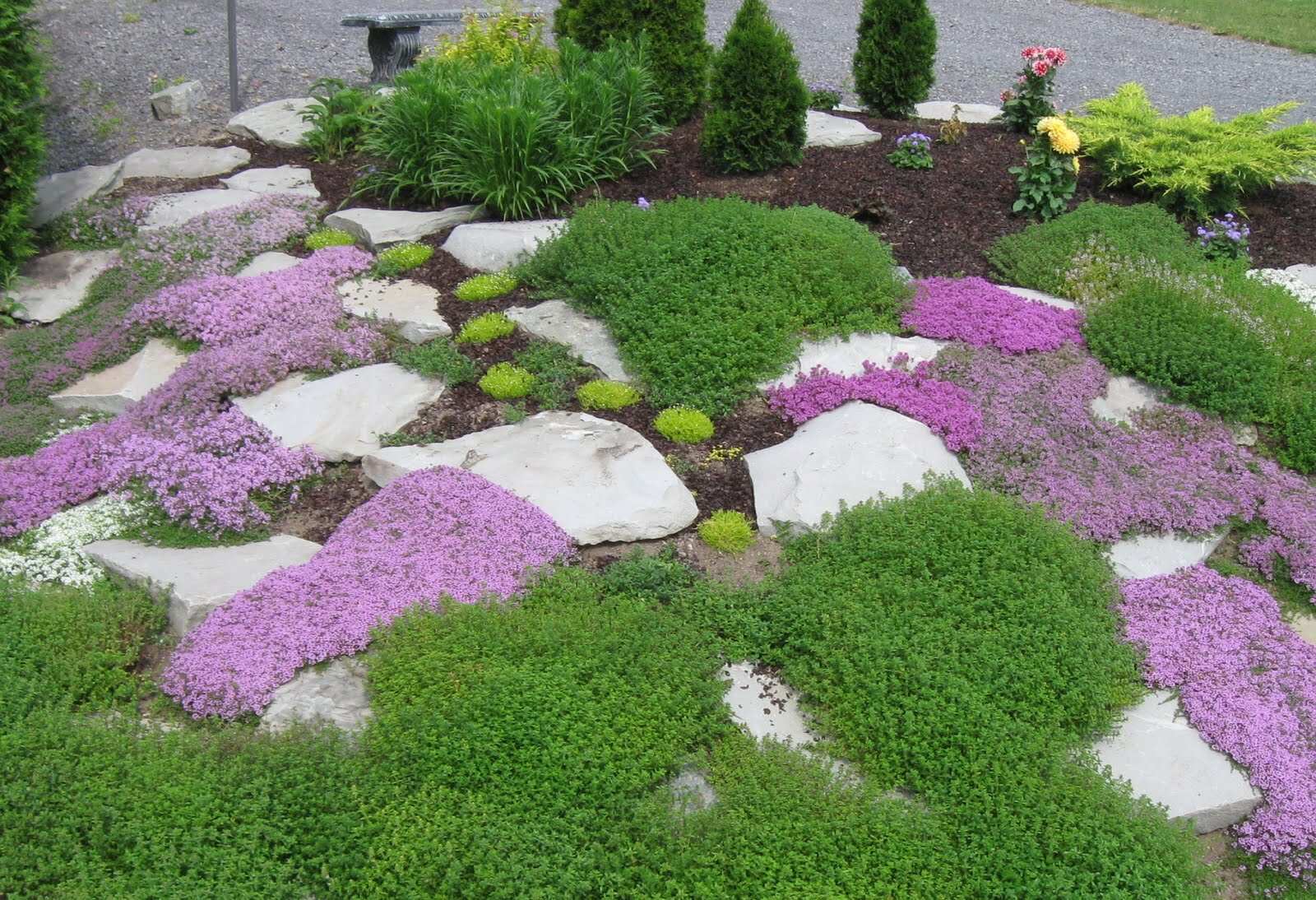
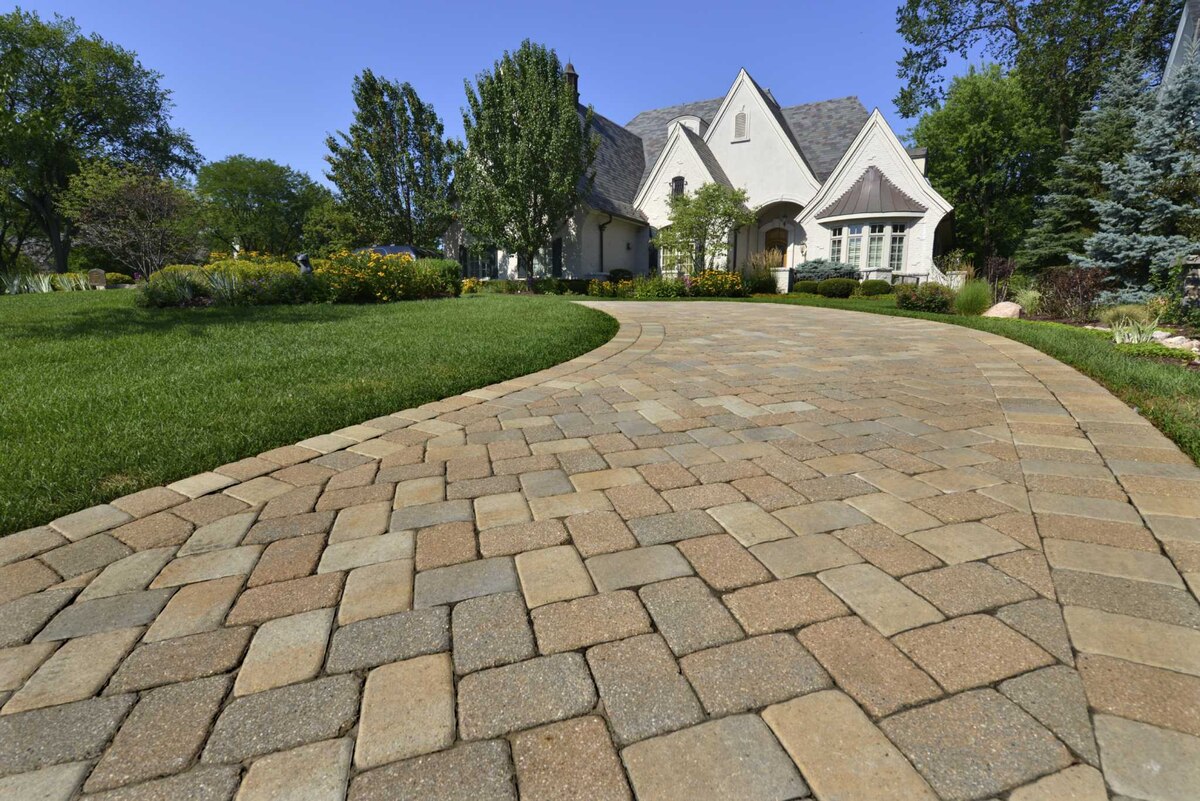

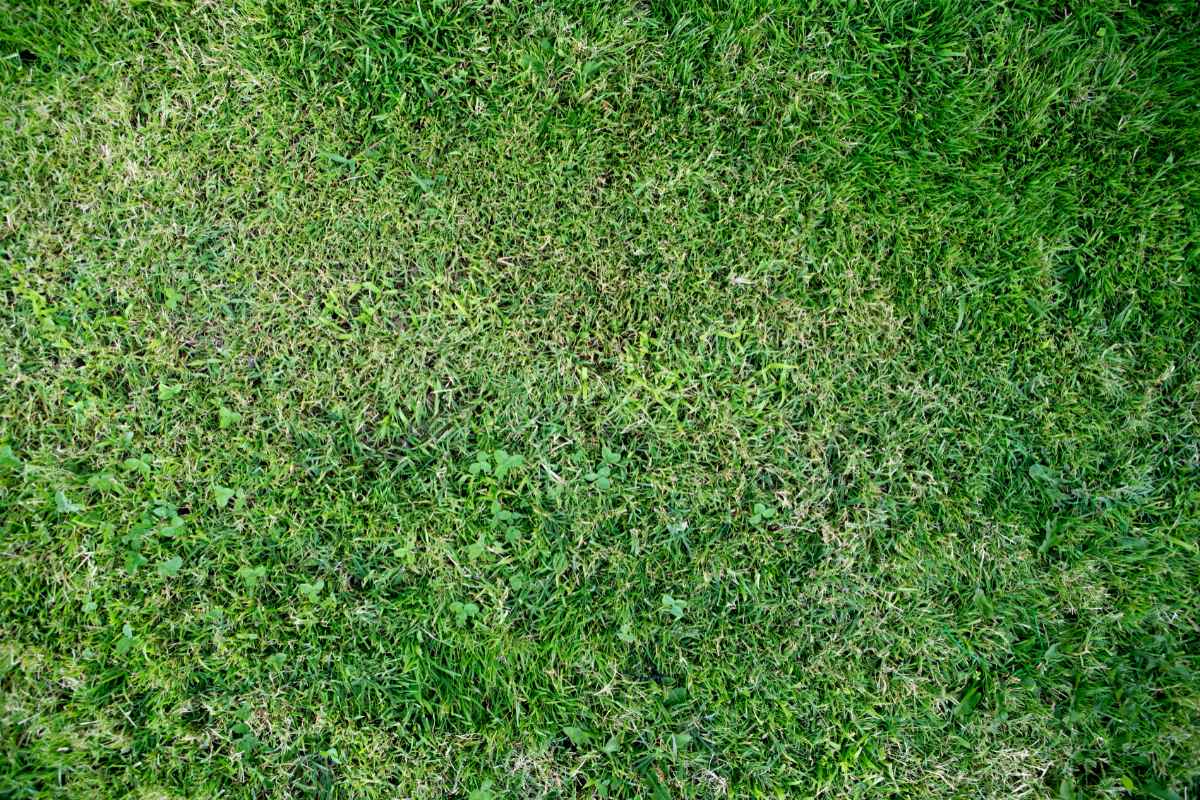
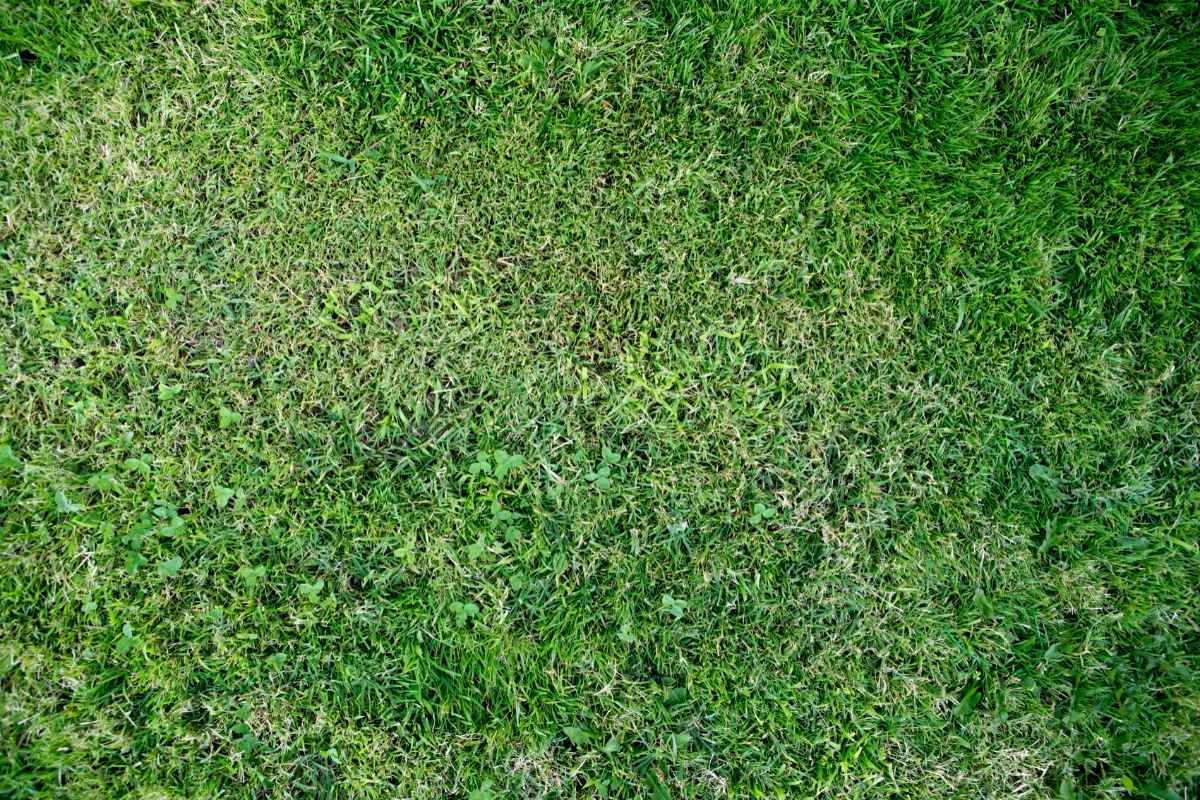
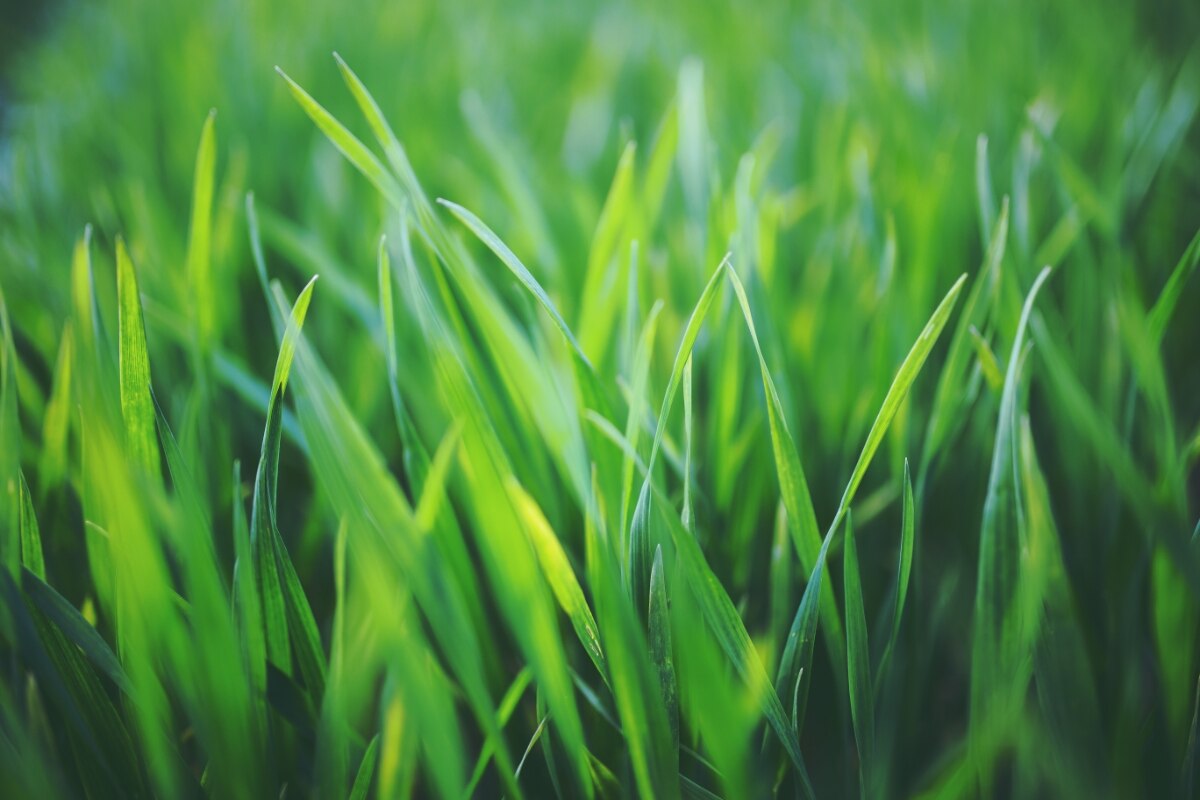
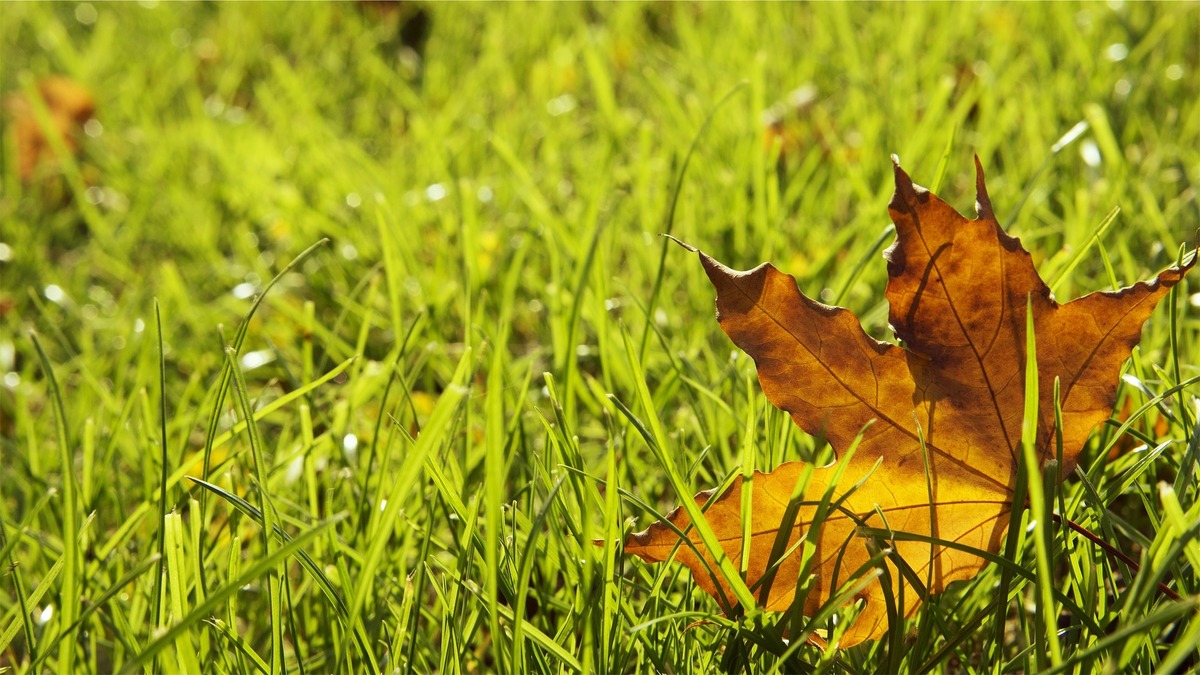
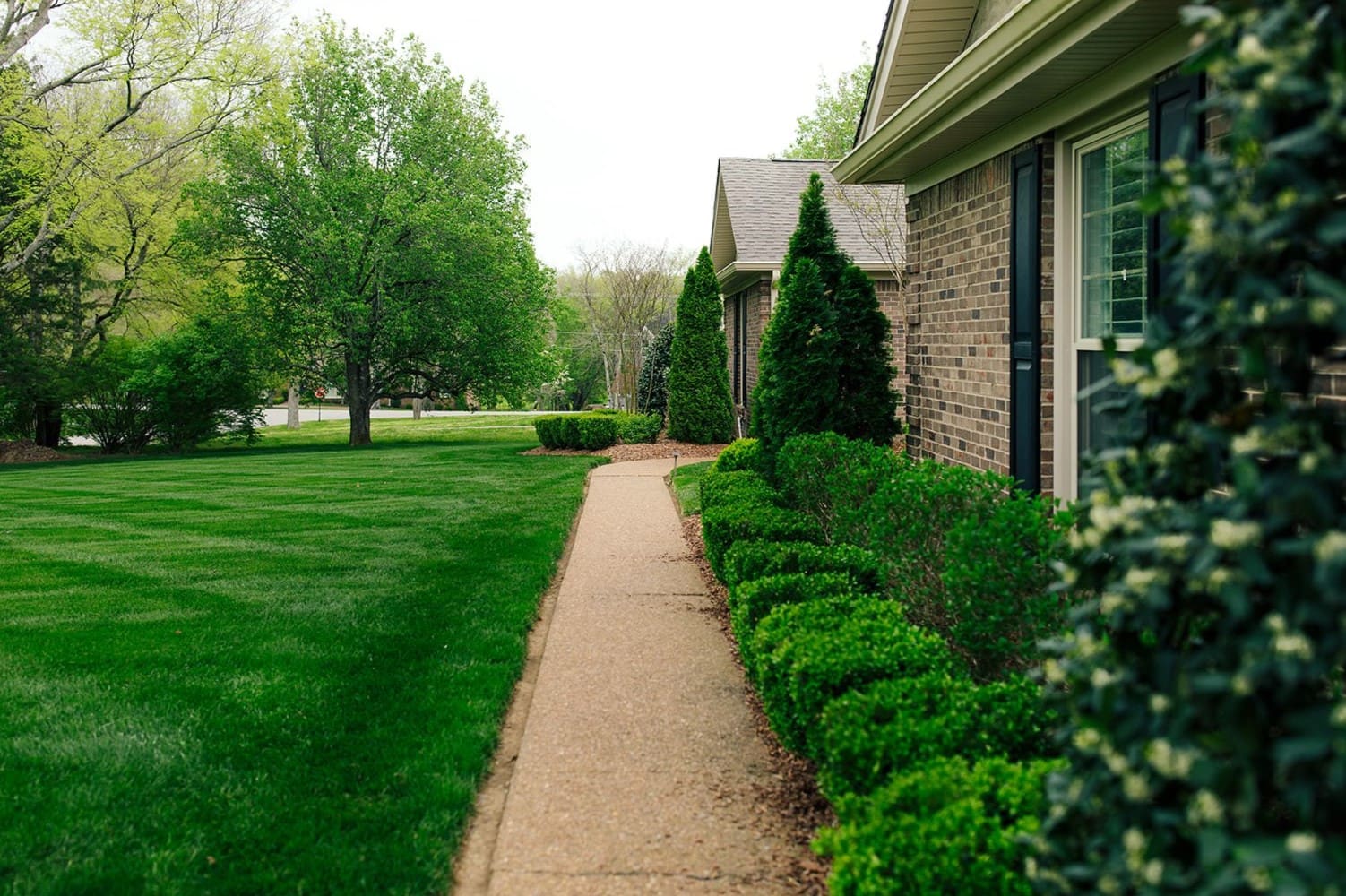

0 thoughts on “How To Stop Grass From Growing Between Pavers”